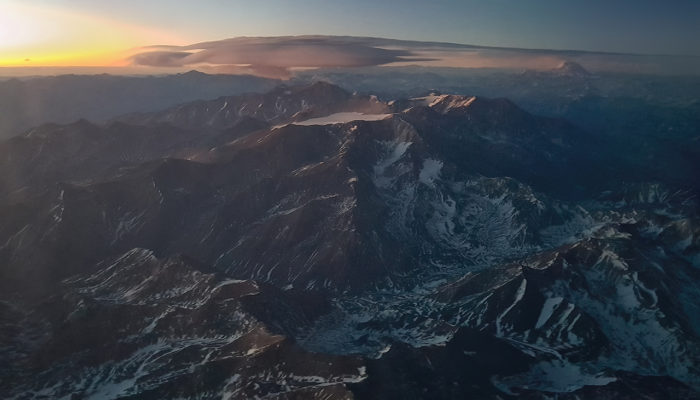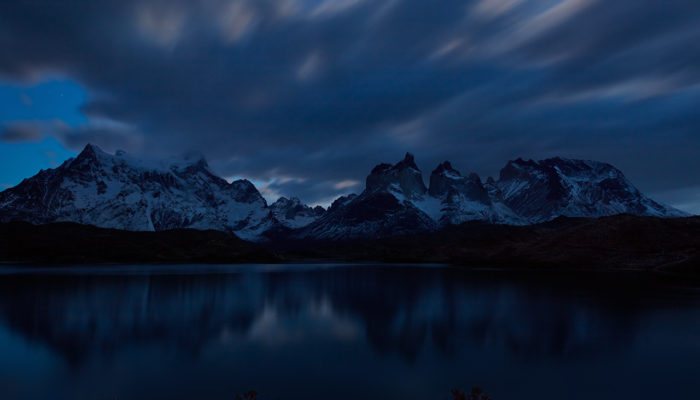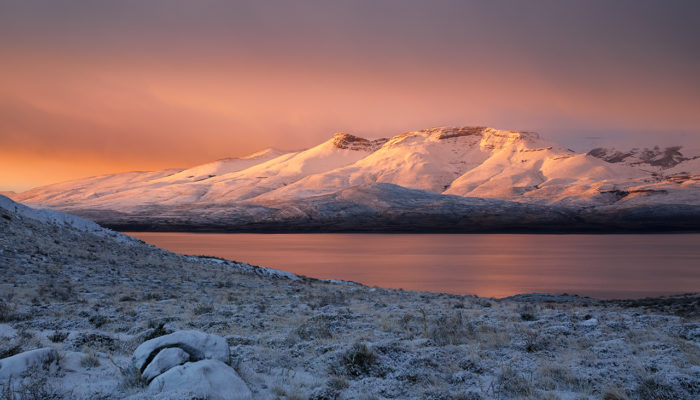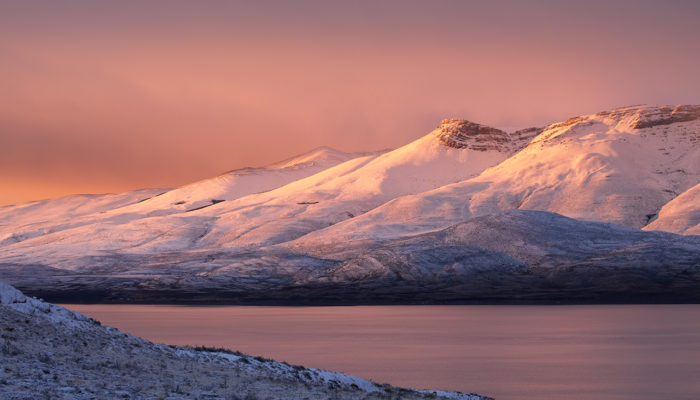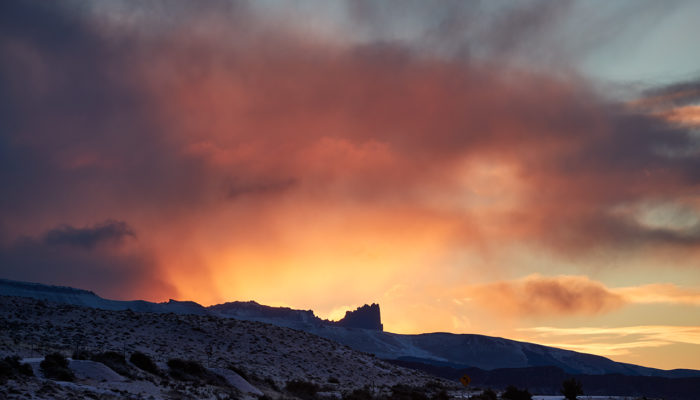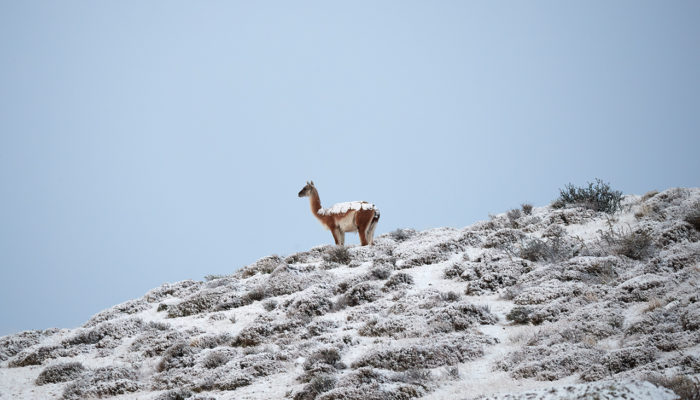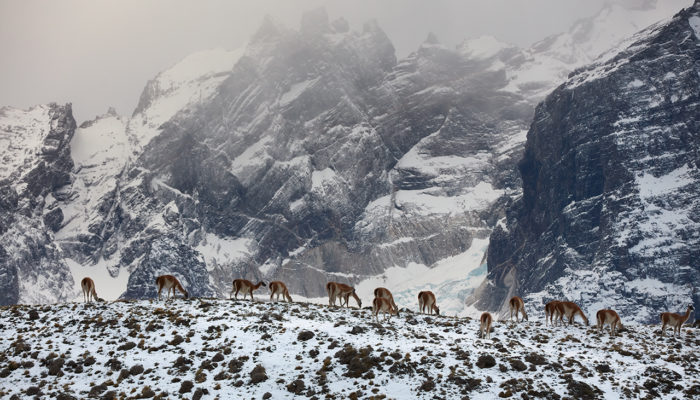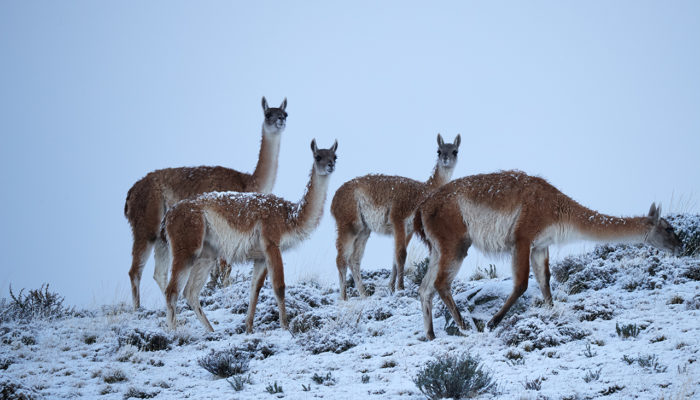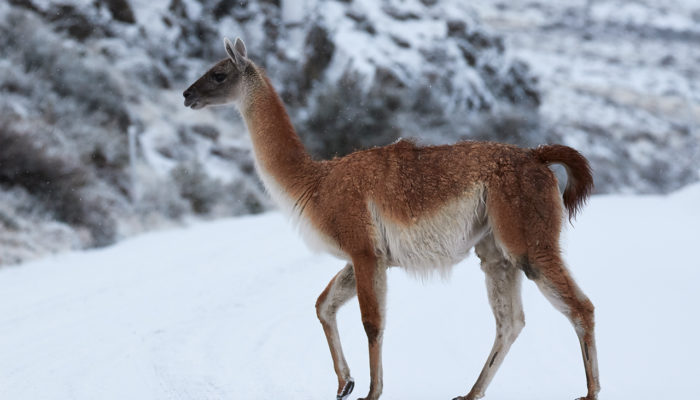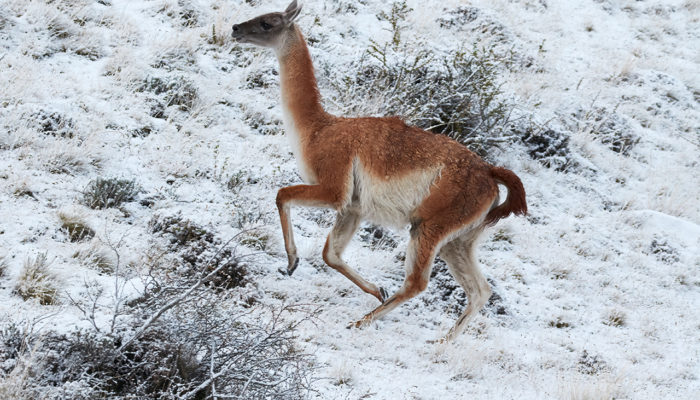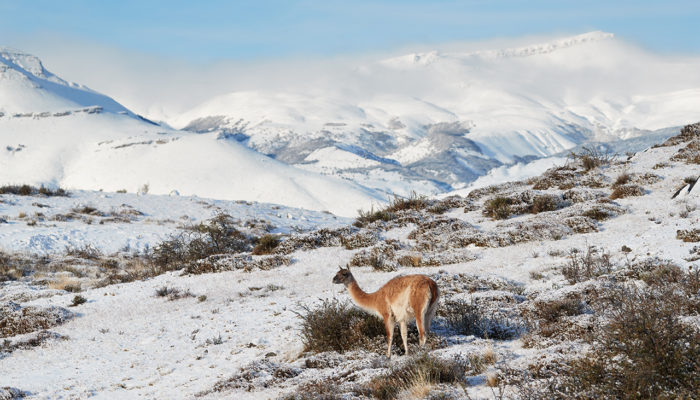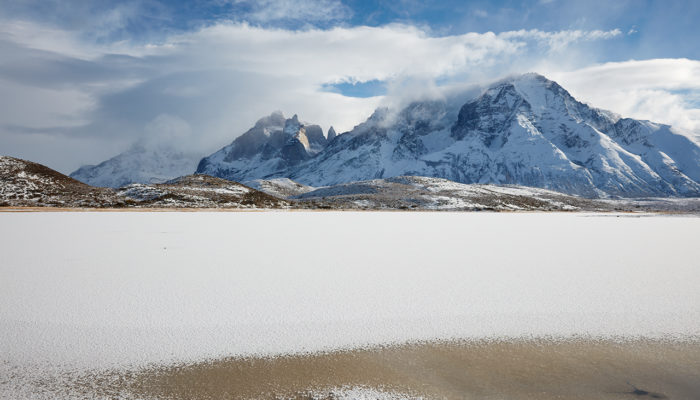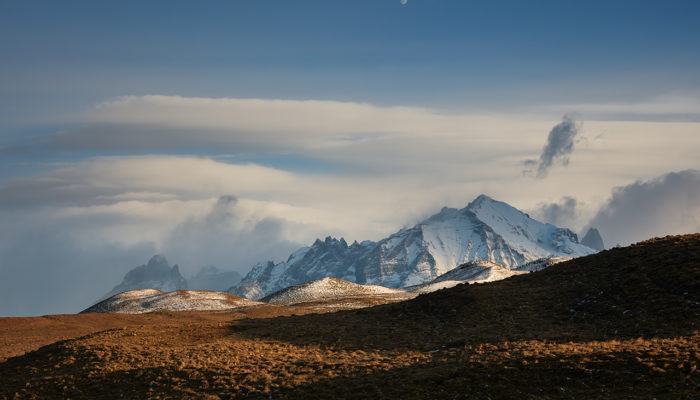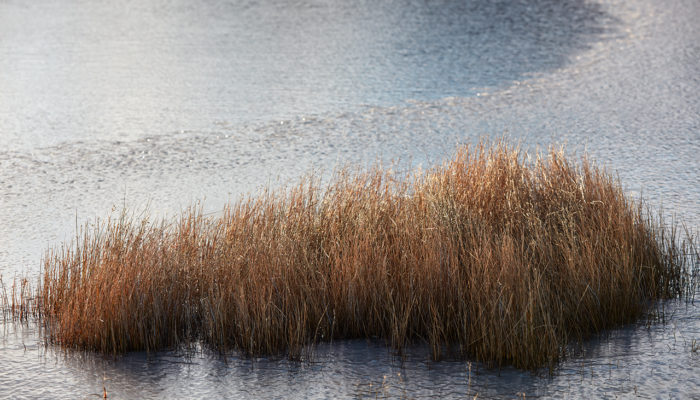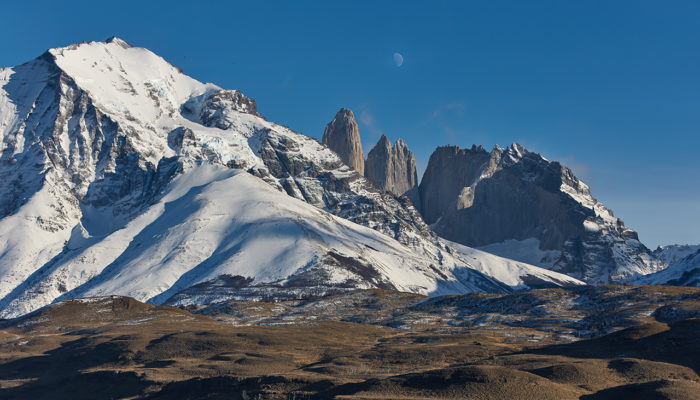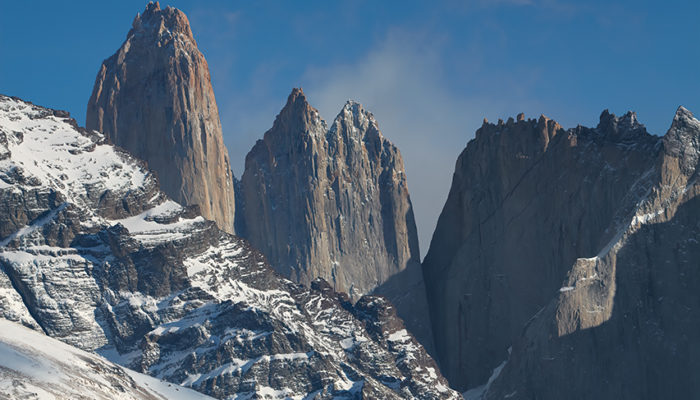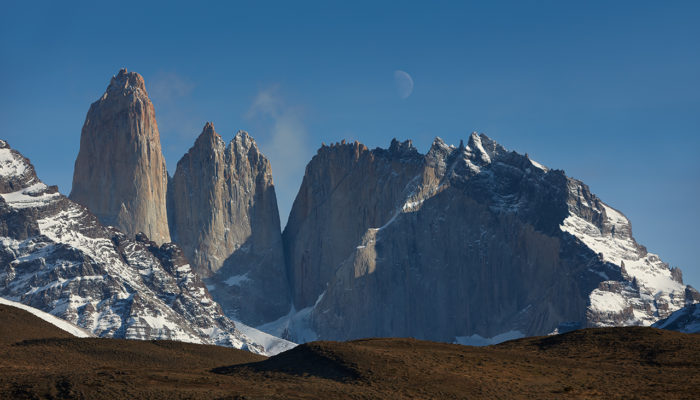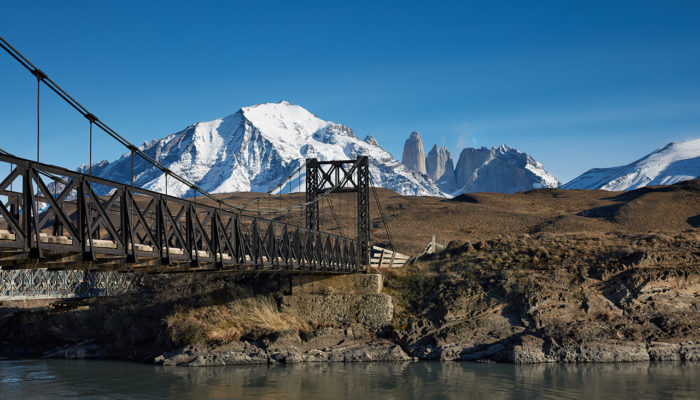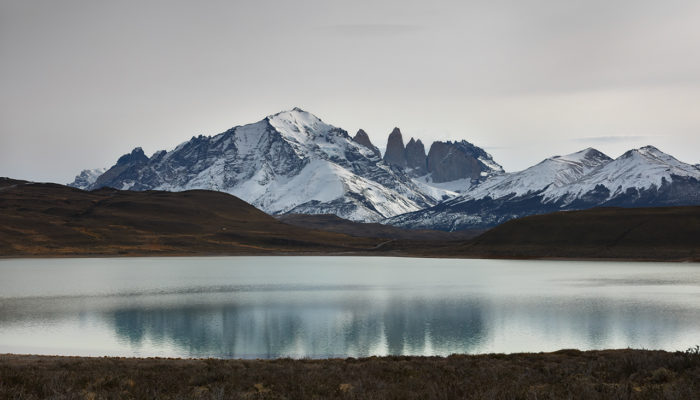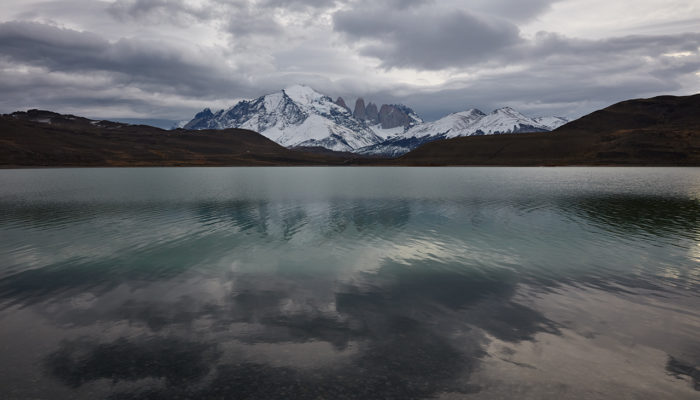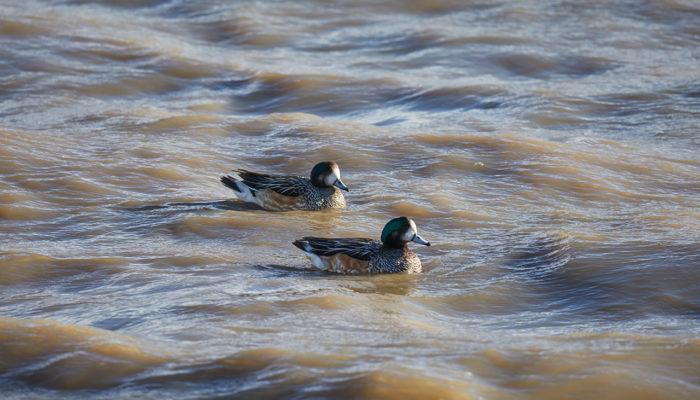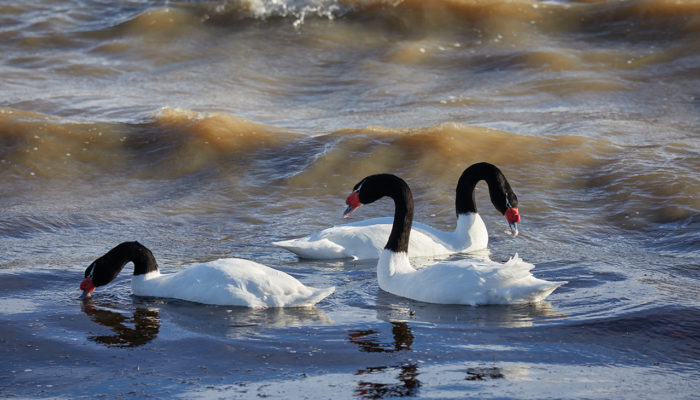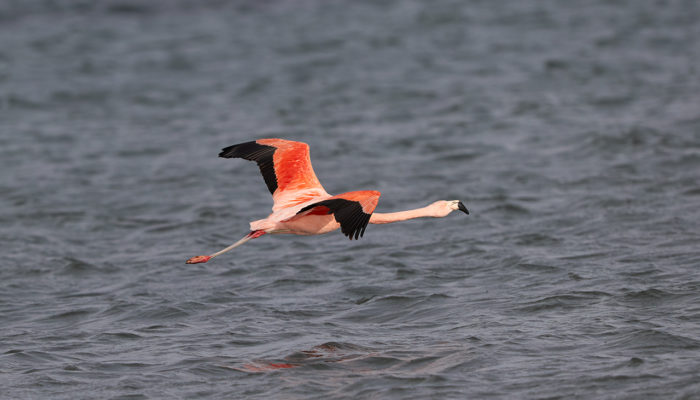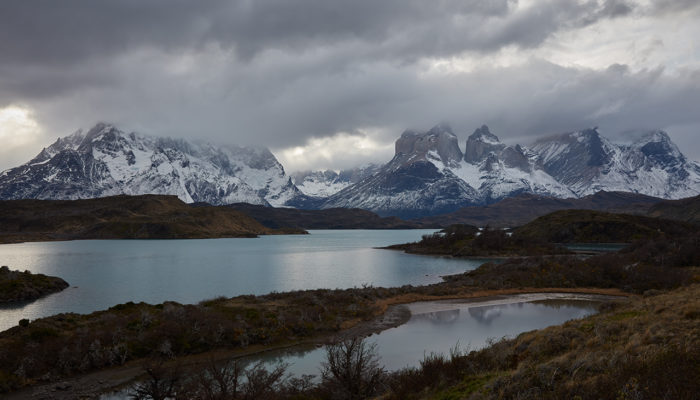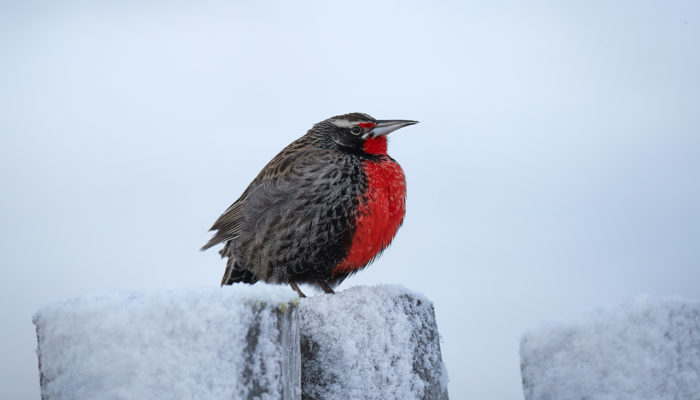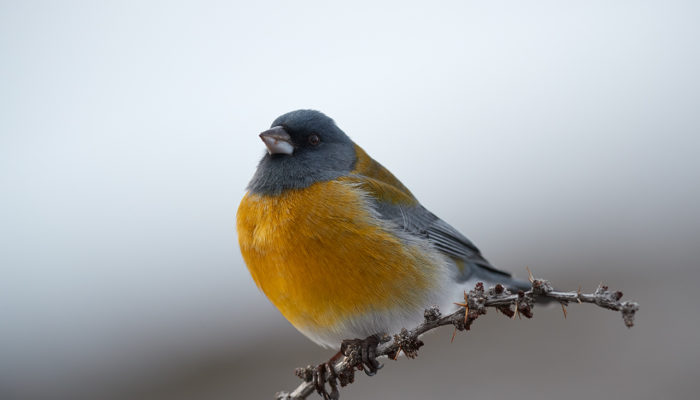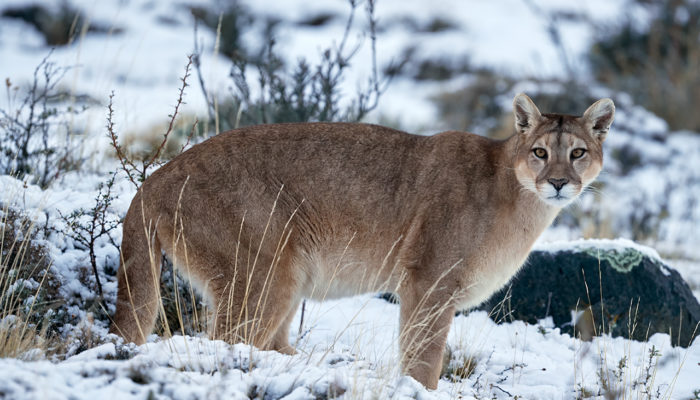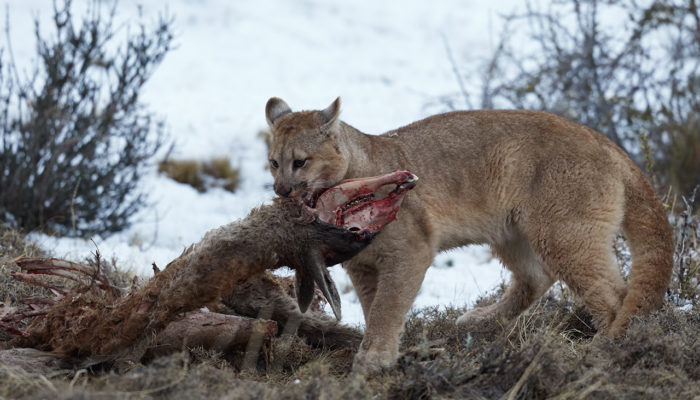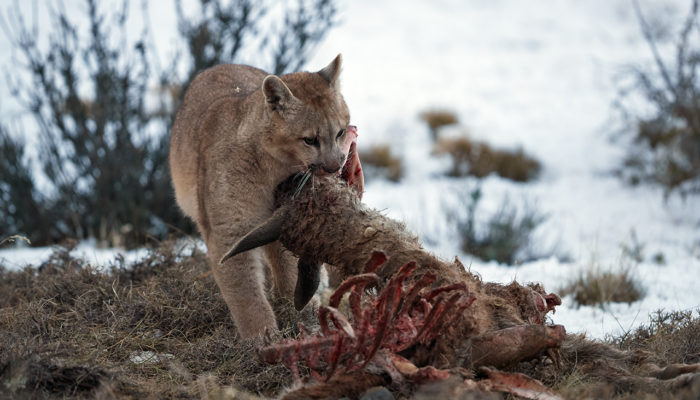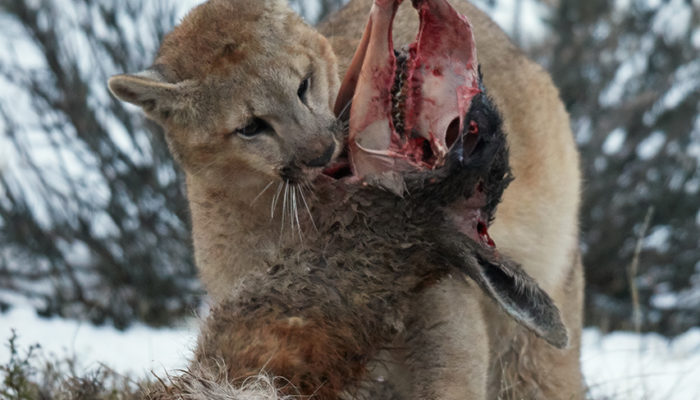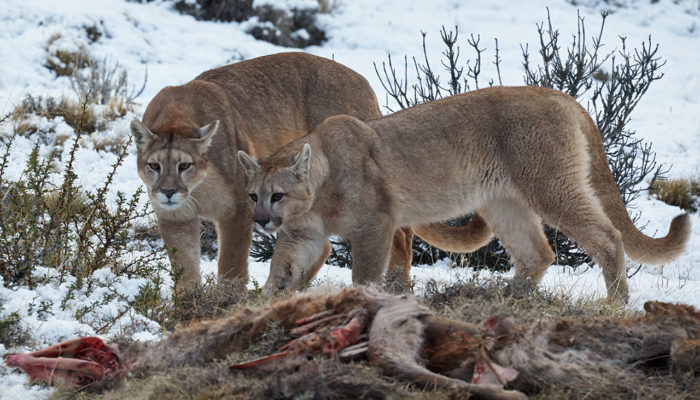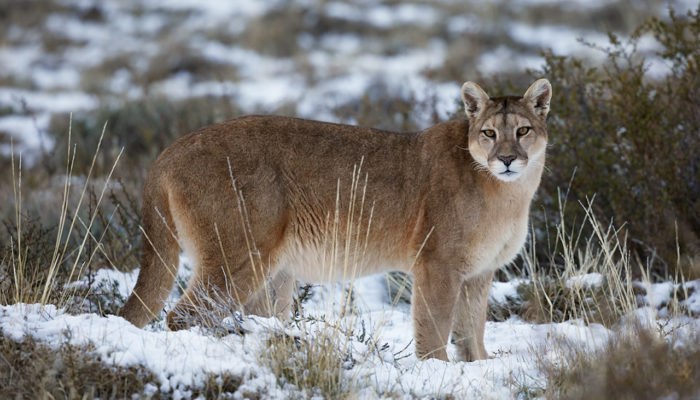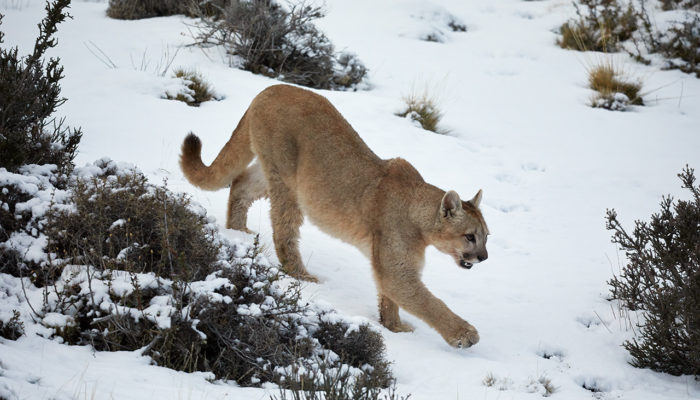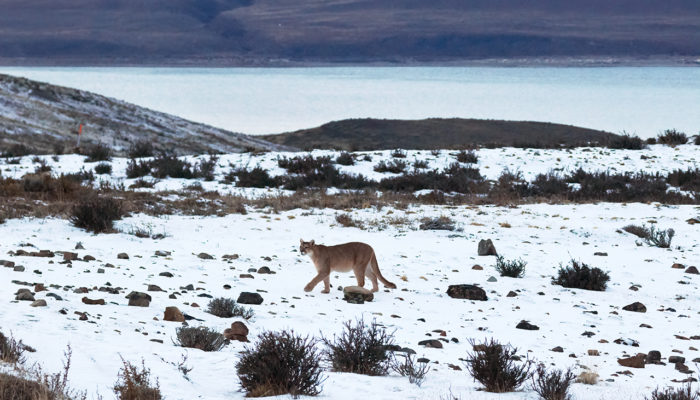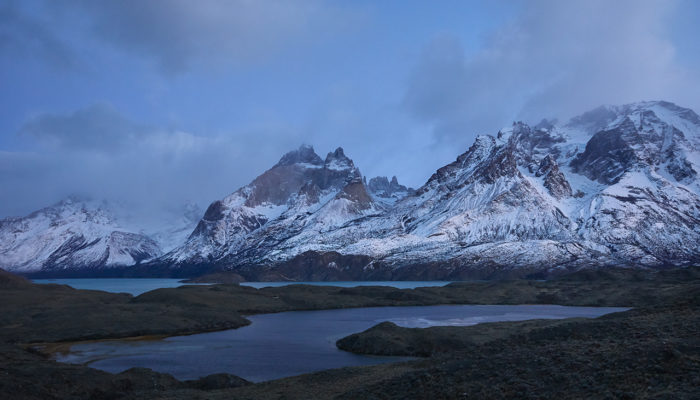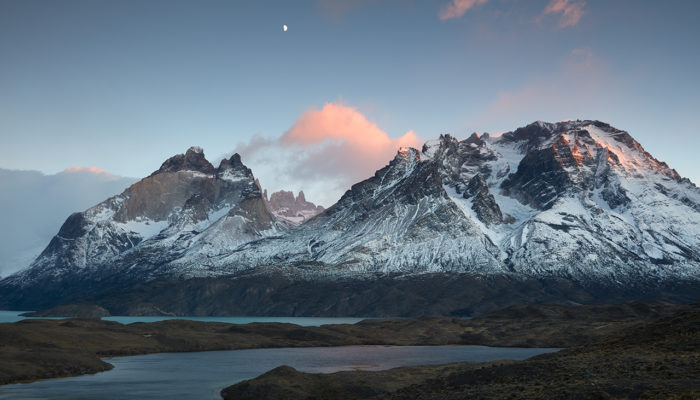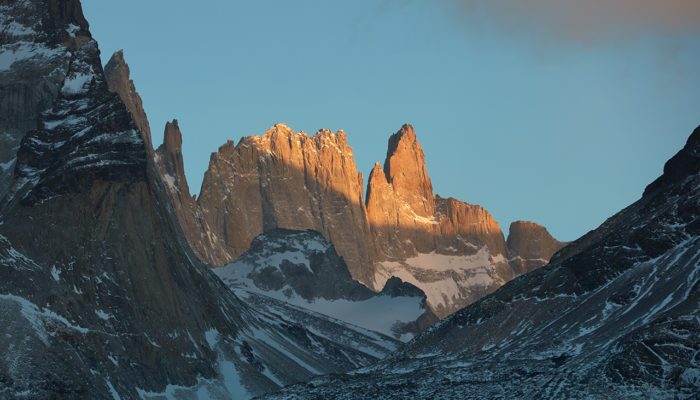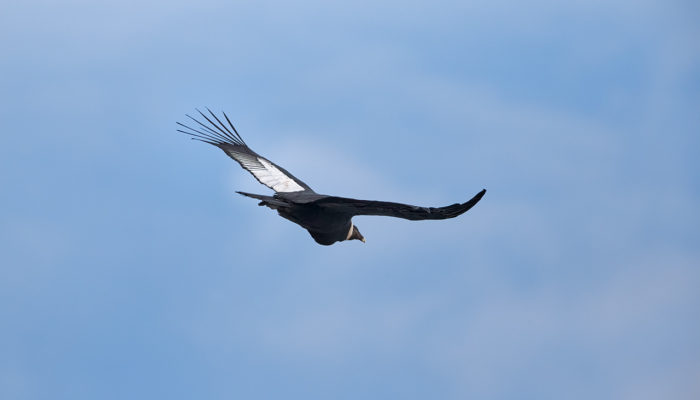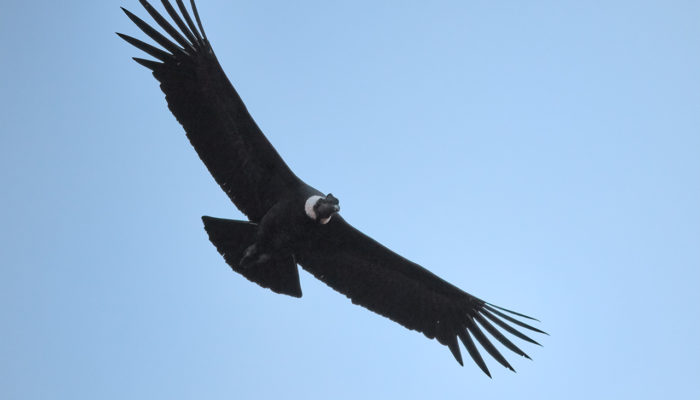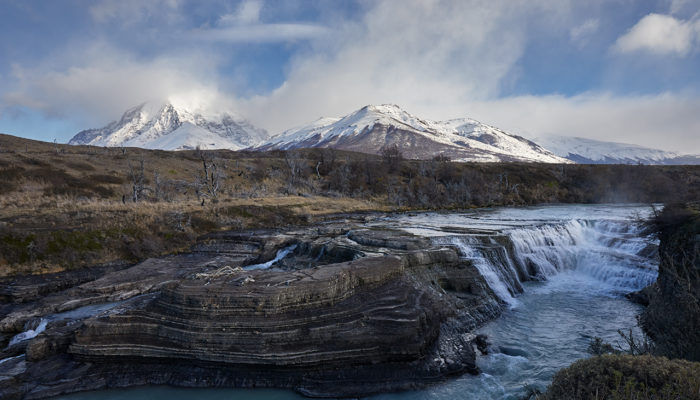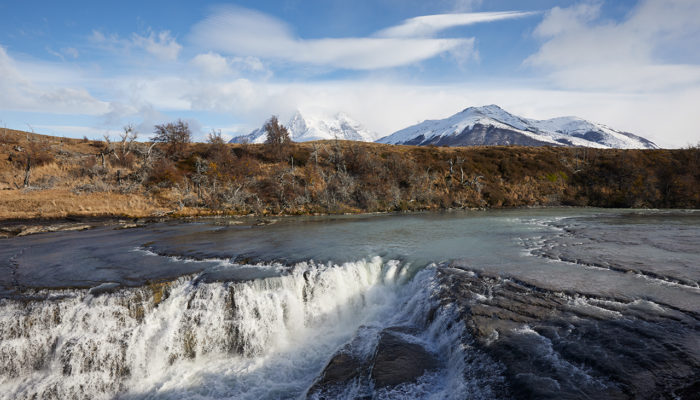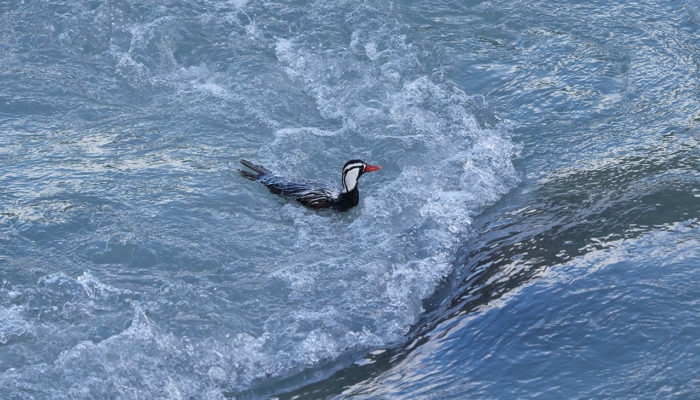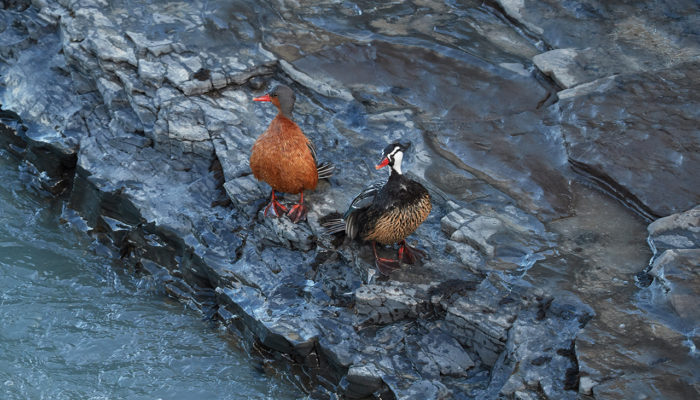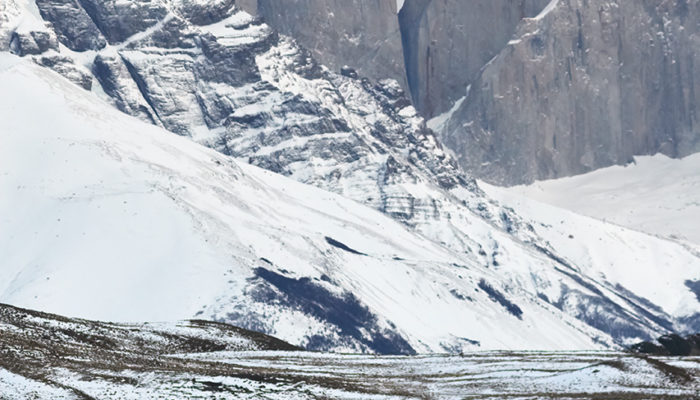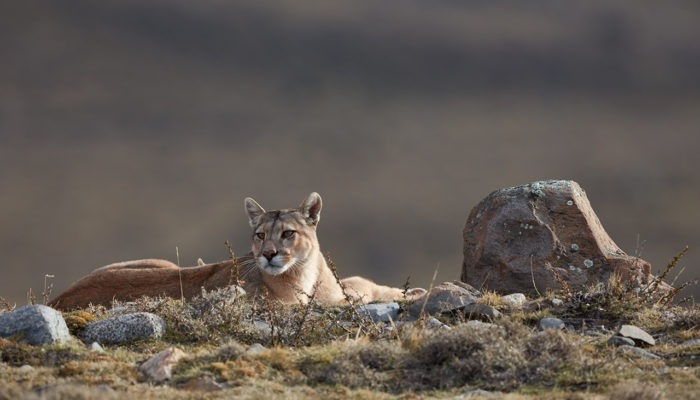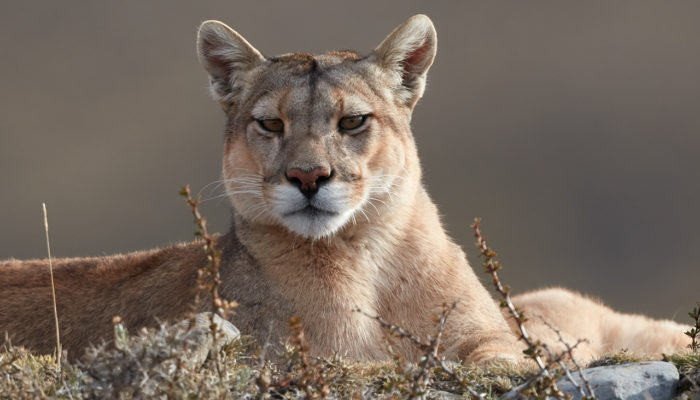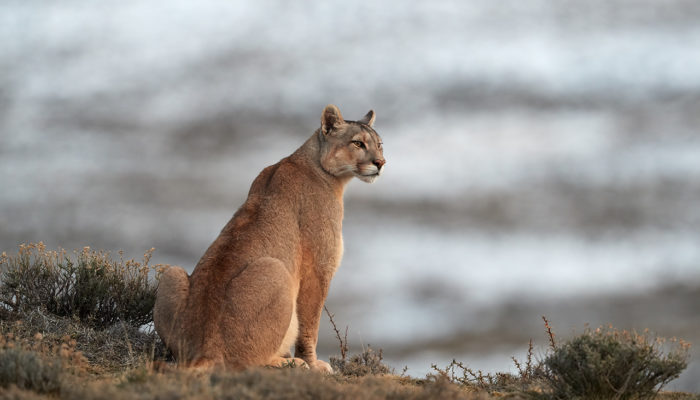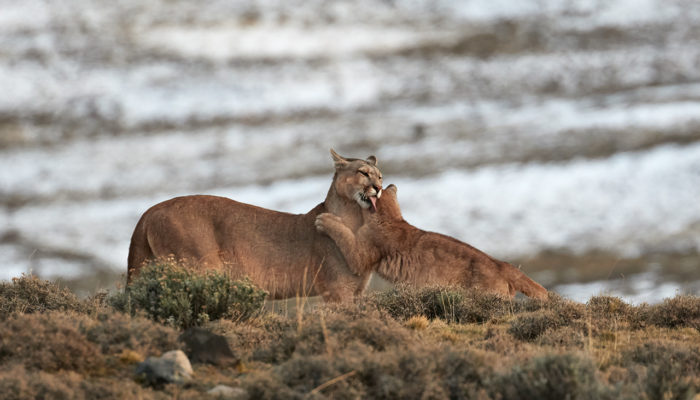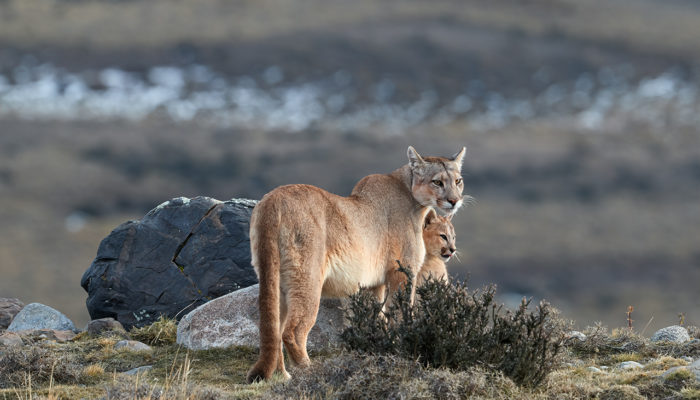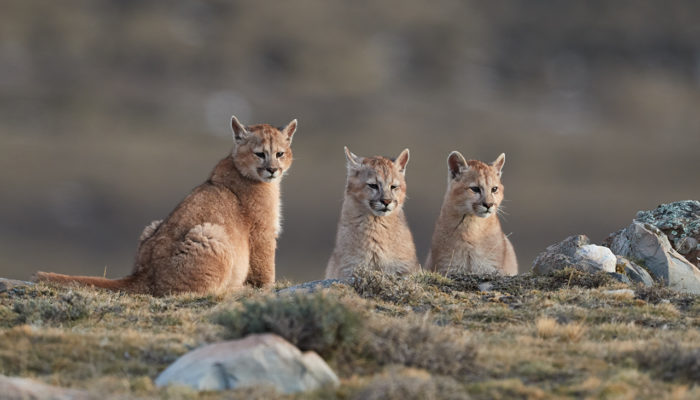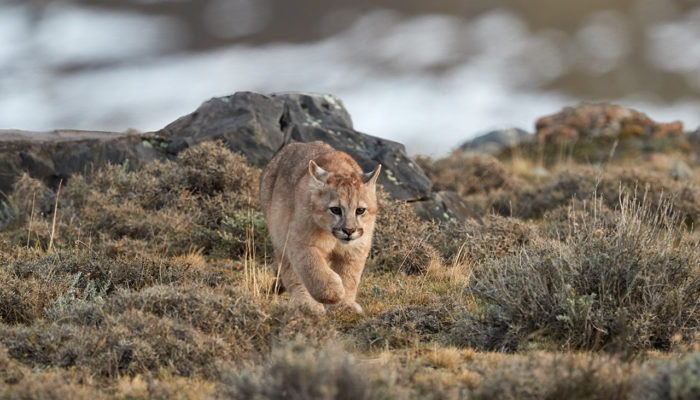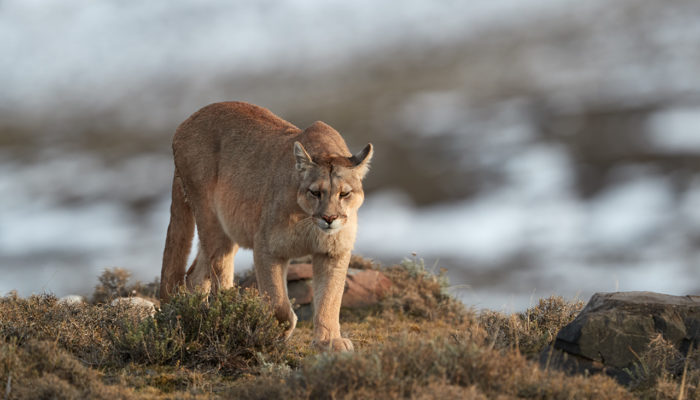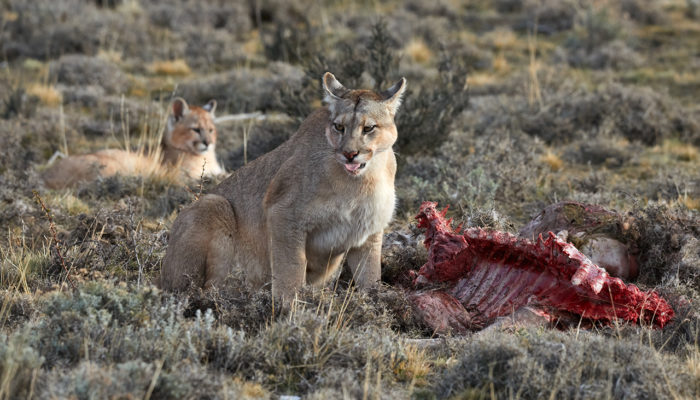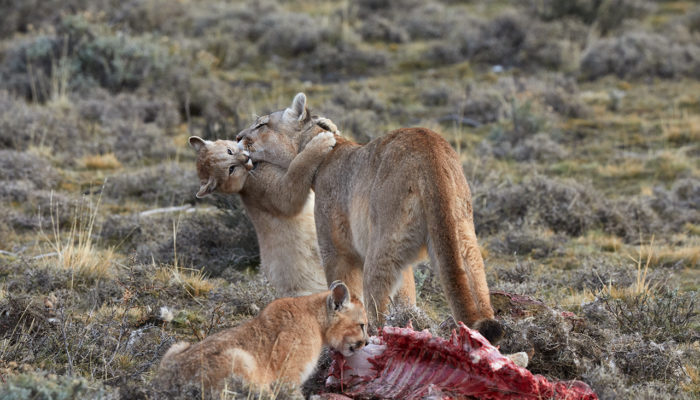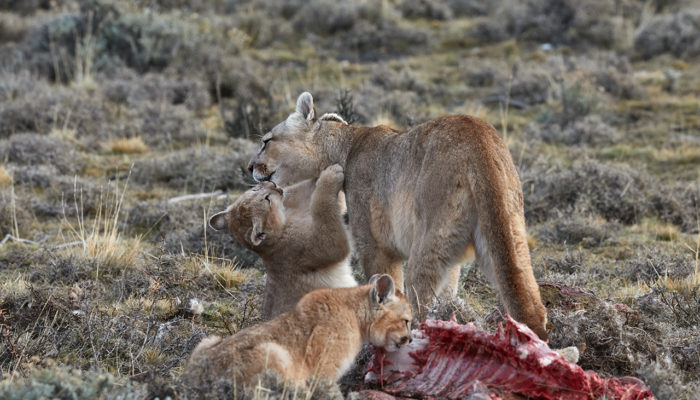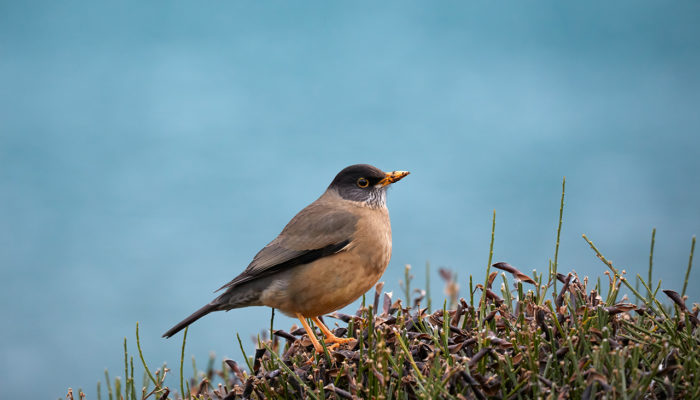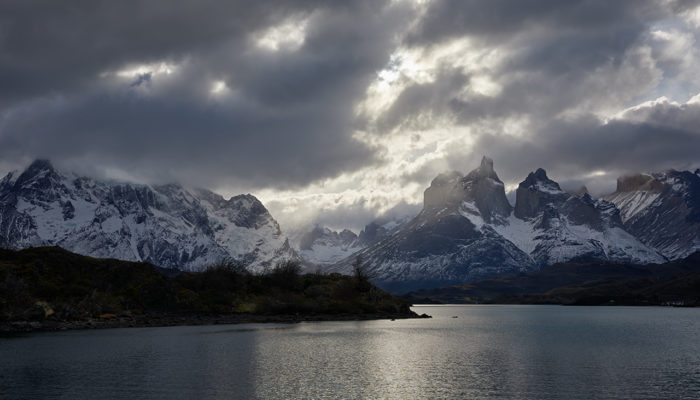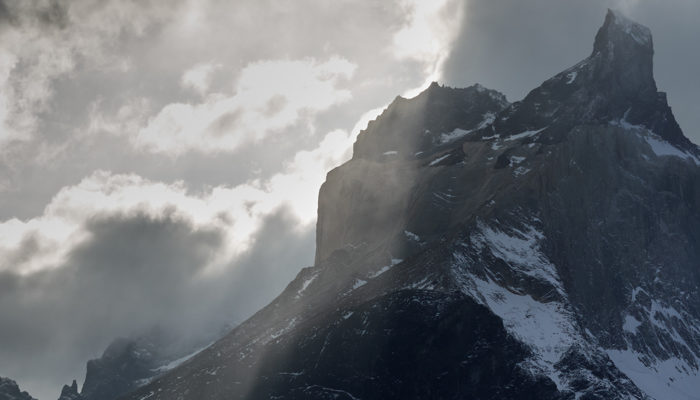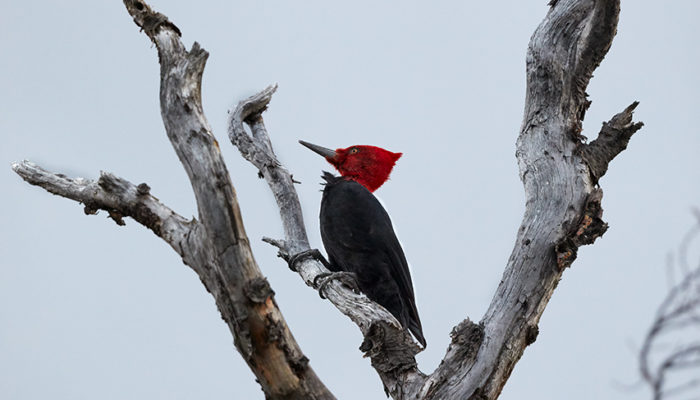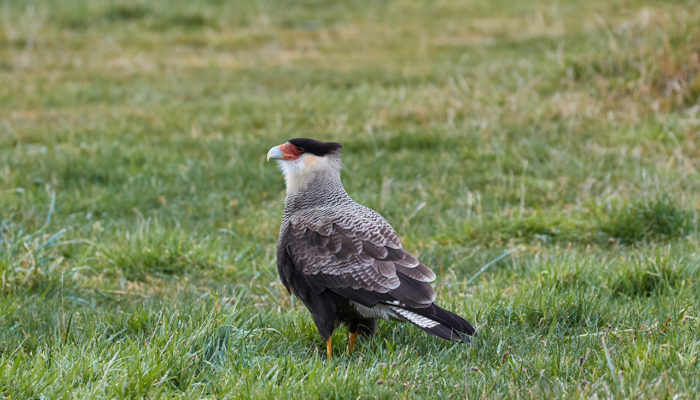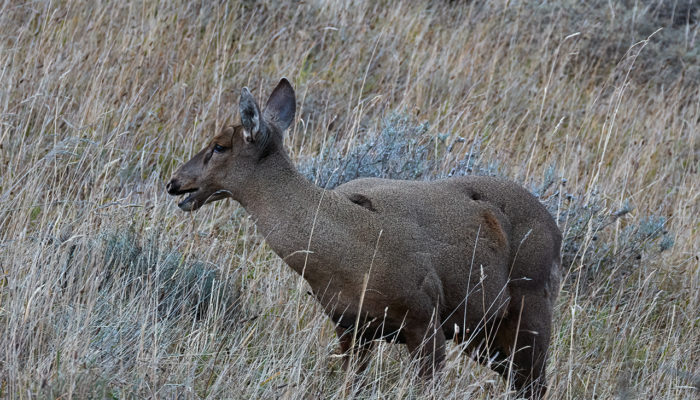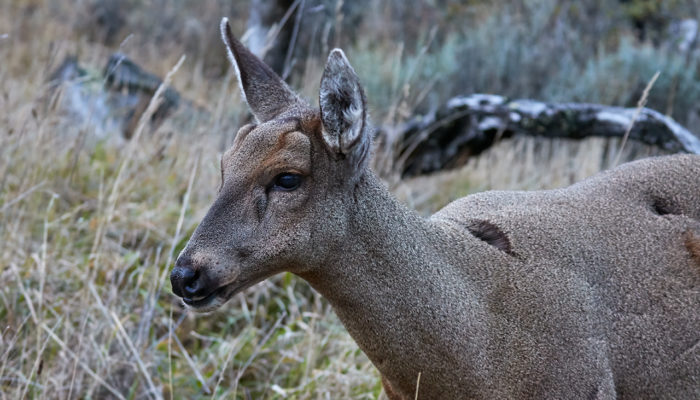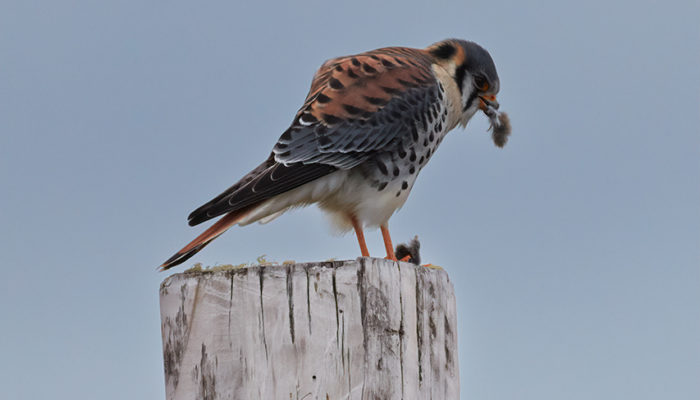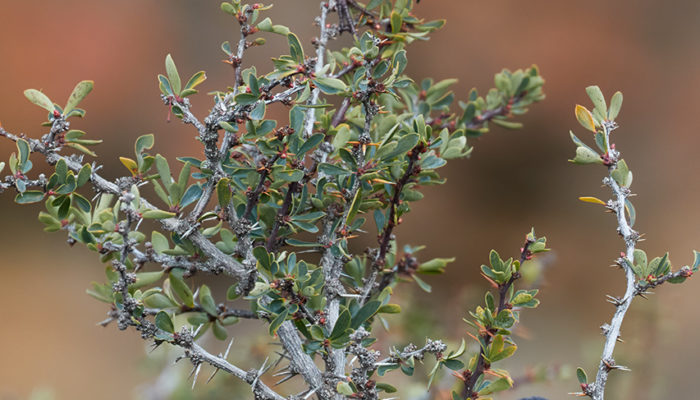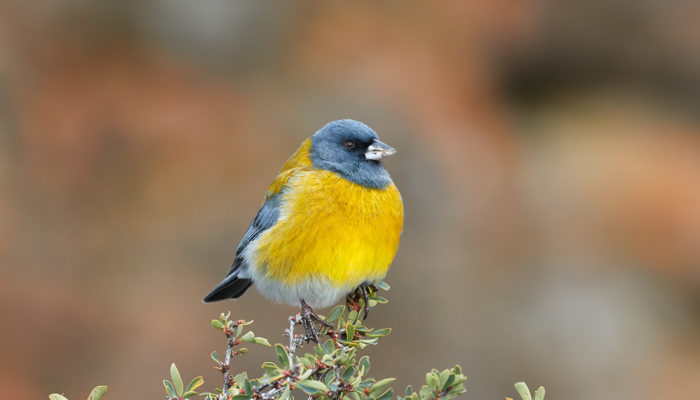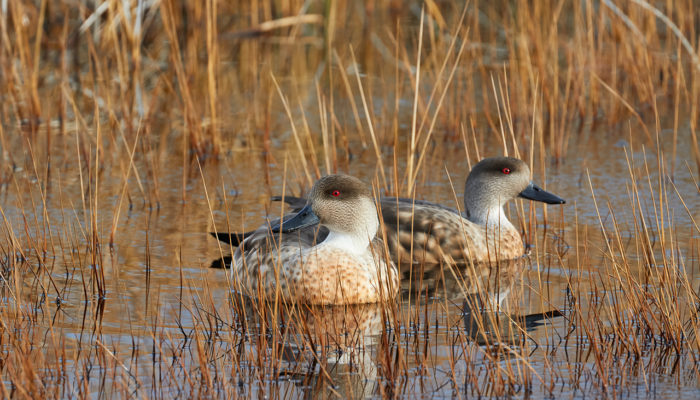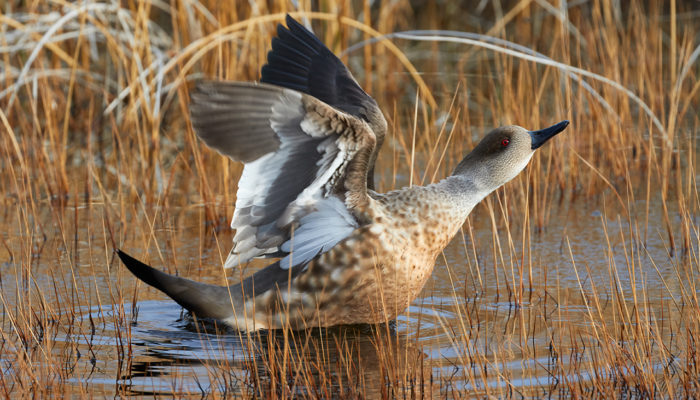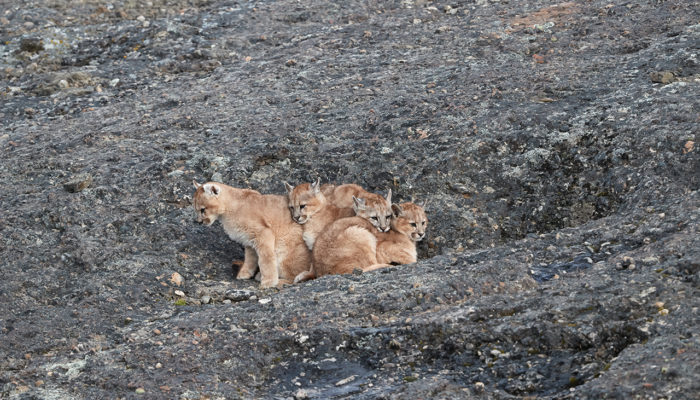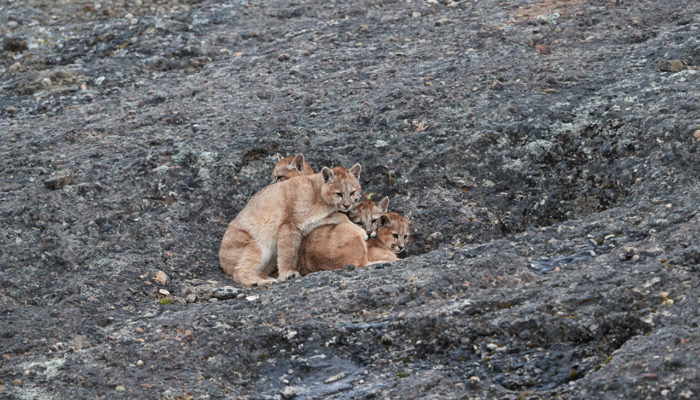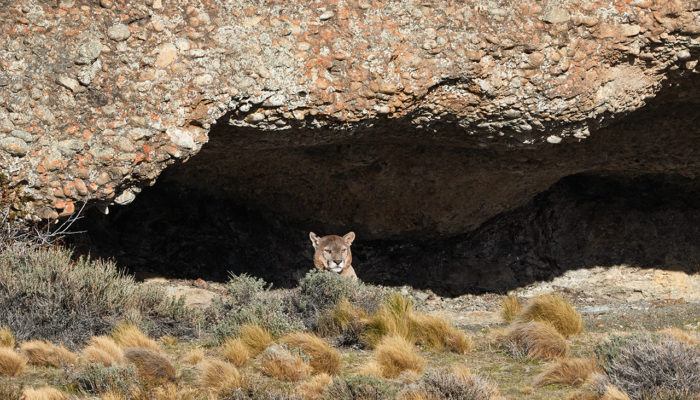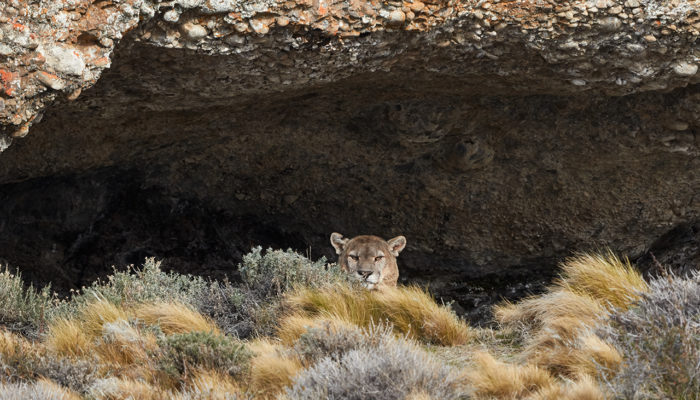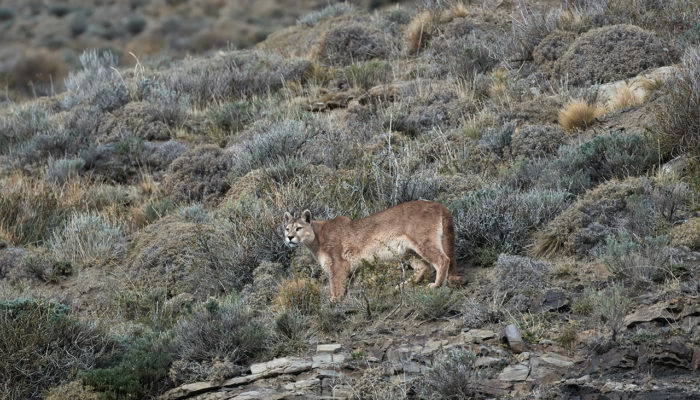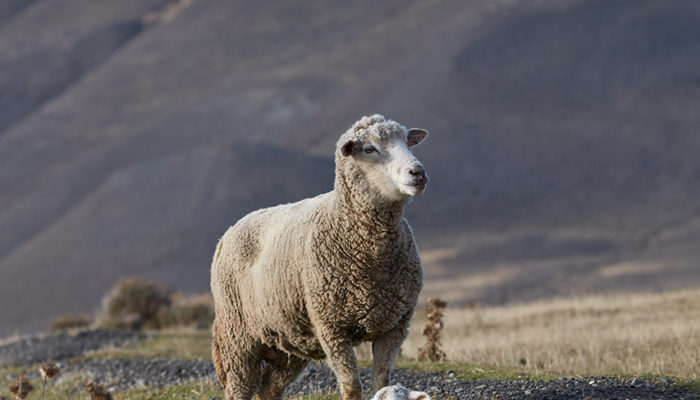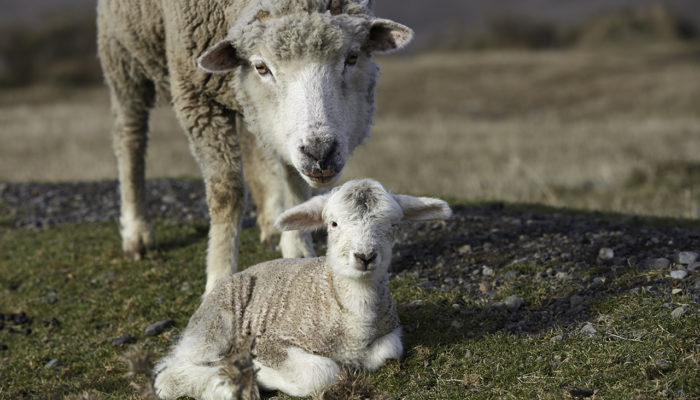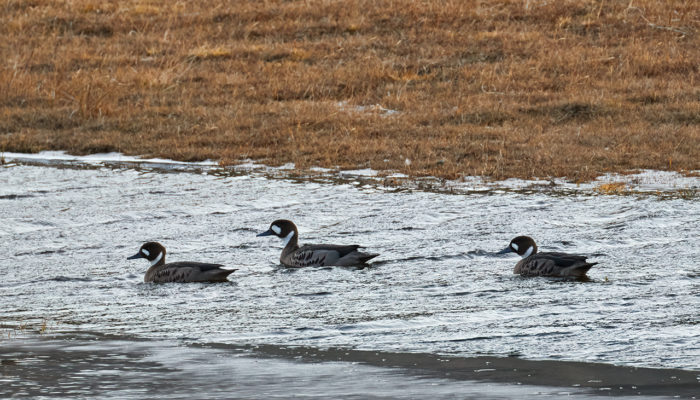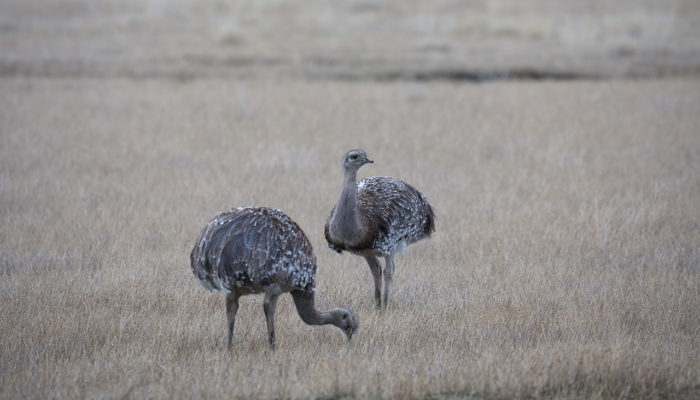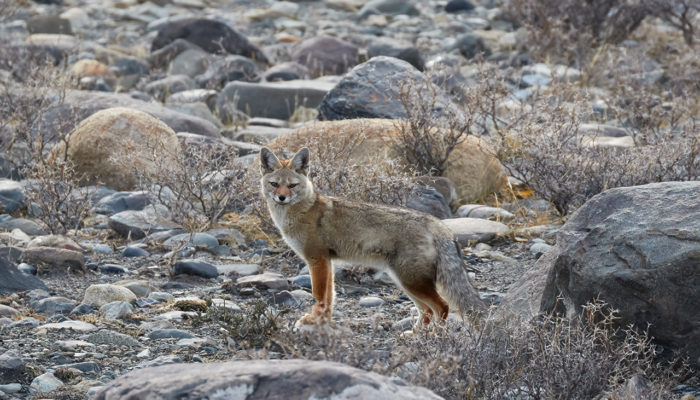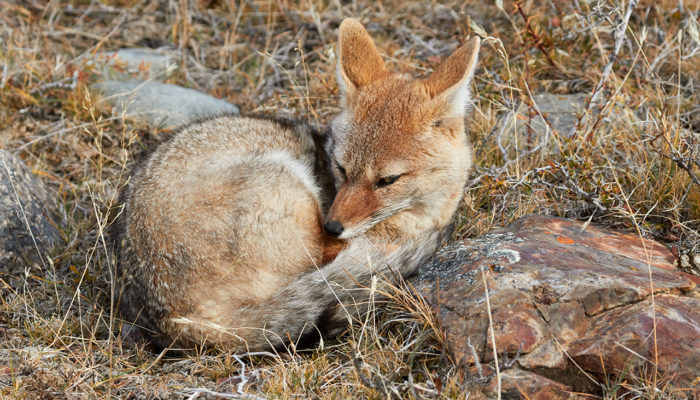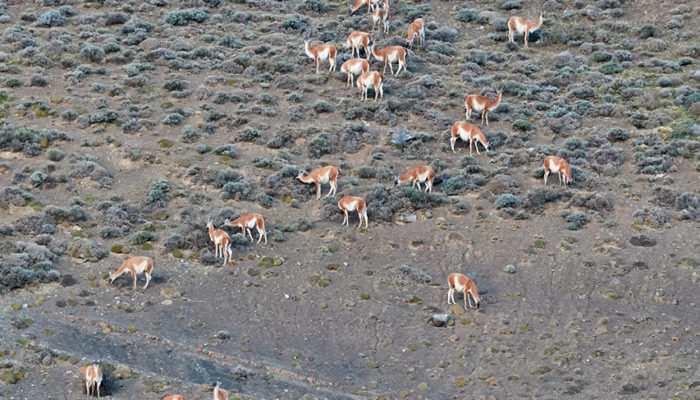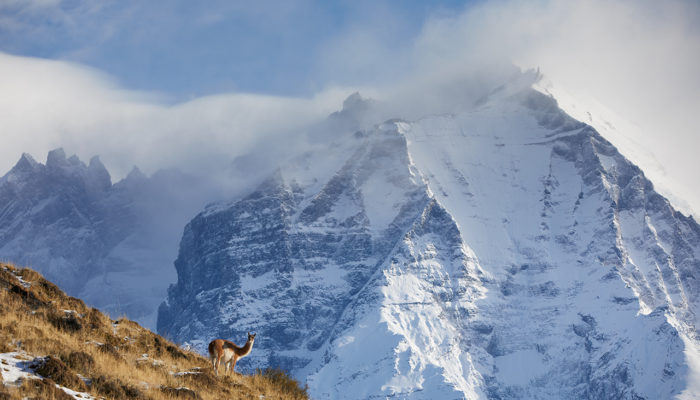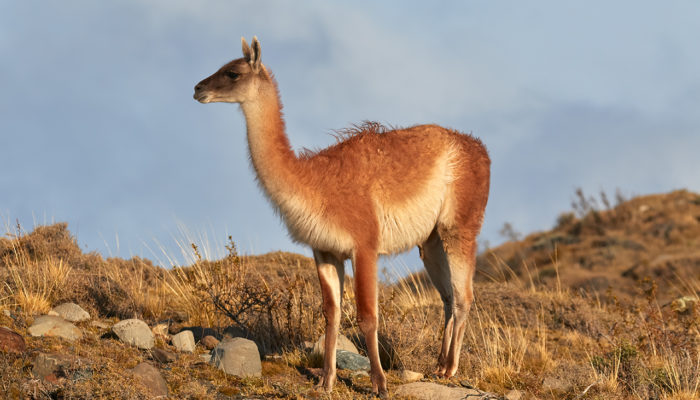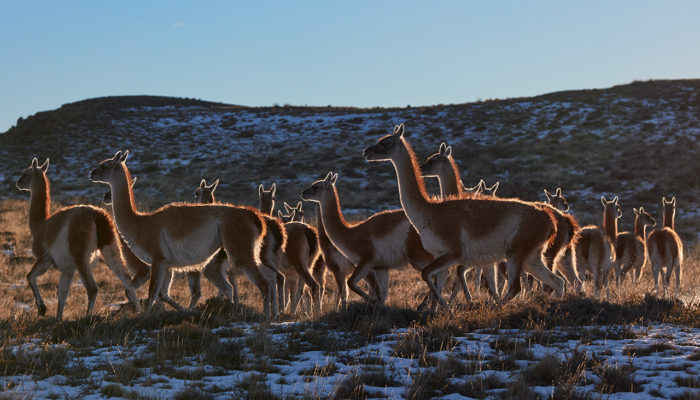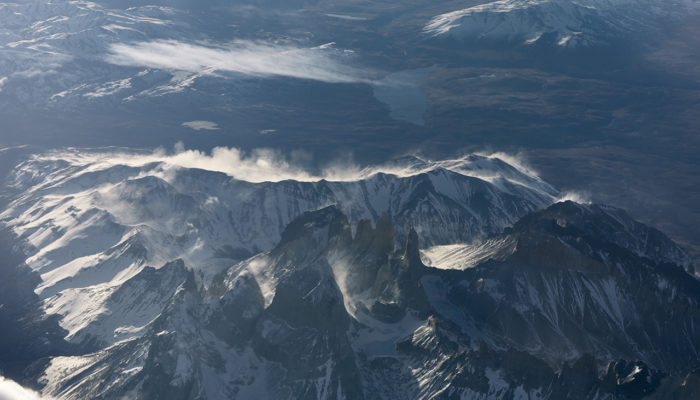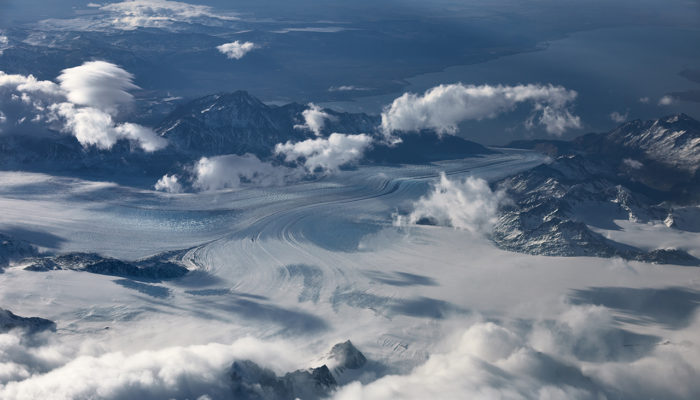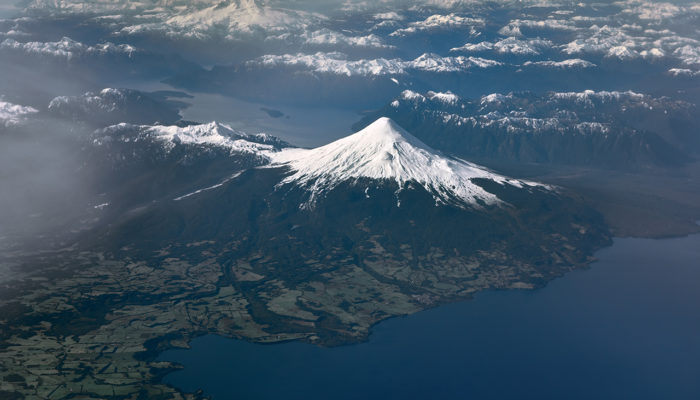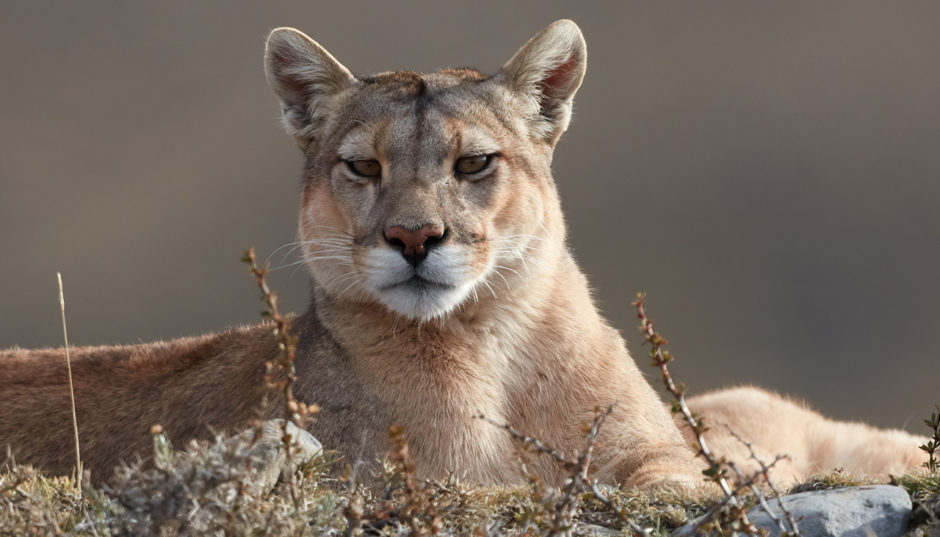
In July 2019 I had joined an 8 days photo tour to Patagonia in search of the puma which is the largest predator in the southern Andes. Photographing the puma – also known as mountain lion or cougar – in the amazing surroundings of Torres del Paine has been on my wish list for a longer time. So I was excited to take part in one of the first winter time Puma photo trips to Chile where the snow covered ground was expected to offer an additional special.
Via Santiago the Chile we took the connecting flight to Punta Arenas to meet the guide and driver for a 4 hour drive to our stay at the Hosteria Pehoe located on the same-named lake against the backdrop of the stunning Cuernos Paine massif. On the way we stopped at several points of interest including Porto Natales for photographing Chilean flamingos, black-necked swans, Chilean wigeons and for condors and rheas further down the road, too.
Click on the trip map below to enlarge
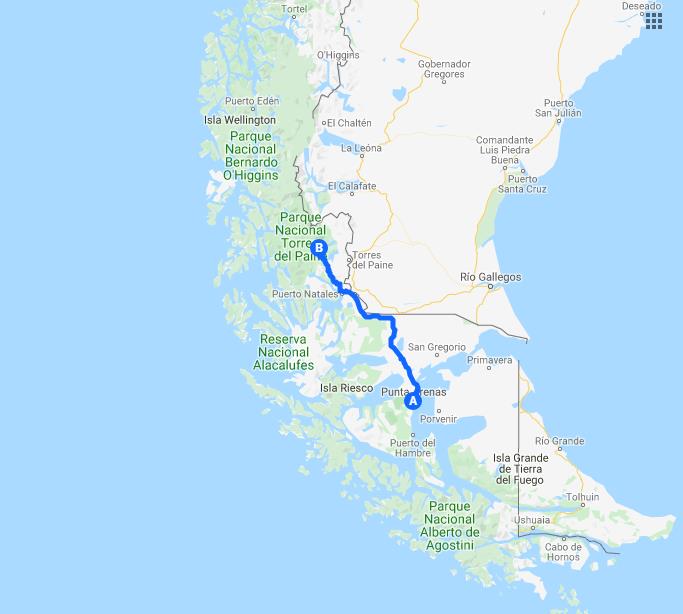 (copyright Google Maps; edited by Octavio Campos Salles)
(copyright Google Maps; edited by Octavio Campos Salles)
On the next 5 days we primarily focused on the pumas but also photographed the breathtaking scenery and other wildlife such as foxes, guanacos, South Andean deer as well as some birds still remaining in the area year round, i.e Magellanic woodpeckers, torrent and spectacled ducks, grebes, sierra finches and a few others.
As for the pumas, guanacos are the primary source of prey for those elusive and majestic cats. They stalk their prey from a distance for an hour or more before sneaking up from behind and crushing the animal’s throat with their powerful jaws. Due to the stable growing of the guanaco populations in the Patagonian steppe and the protection from hunting that pumas have received over recent years, there is an uncommon high concentration of estimated 50 to 100 individuals presently in the Torres del Paine area, which makes it the most popular and sought after destination on earth for watching and photographing them. Nevertheless, the solitary and secret pumas that are usually averse to humans are difficult to find, the more as it’s not permitted to search for them off the roads of the TDP National Park. That’s why they have been named as the “Ghosts of the Andes”. I had not seen any pumas during my first trip to Patagonia in 2010 either.
However, our special trip was accompanied by a very experienced professional puma tracker working on a separate vehicle and communicating with us whenever he spotted a cat. Beyond that, we also had access to areas of private land outside the boundaries of the National Park where puma tracking was permitted off road. In fact we had puma encounters every day. The approach to the puma itself usually requires patience and hikes up on a slope or rolling terrain, with ups and downs for several kilometers carrying your gear, – unless you’re happy to spot a puma pretty close to the road, of course. We didn’t experience that .
Due to the unusually warm temperatures ranging from – 3 to + 5 degrees Celsius (26º to 41°F) we just got snowfall on our first morning and snow on the ground for the next couple days, but afterwards it completely melted away, except at the higher parts. So we got pumas in the snow only on the first day. Nevertheless, all the puma sightings and the very good options to photograph the cats in the wilderness of the TDP area were fascinating and rewarding the efforts to get there. The gallery may give an impression of this special trip.
For capturing the pumas, I mostly used the 600mm lens (optionally with 1.4x Extender) and 200-400mm+ 1,4x Ext Zoom on the Canon EOS 1Dx II, 5D Mark IV or EOS 7D Mark II body. For shooting other wildlife and birds handheld, I preferred the 100-400mm II lens mounted on one of those cameras – mostly the 7d Mark II. The landscape and sceneries for the most part were photographed with the 24-70mm and 70-200mm IS II lenses on the EOS 5DsR or 5D Mark IV.

